Hoi An City, a world cultural heritage with ancient beauty and a history of more than 500 years, is facing serious threats from climate change. Climate change is increasing the frequency of extreme natural disasters such as storms, floods and rising sea levels, affecting not only the durability of ancient architectural works but also the lives of local communities. Abnormal weather and strong storms are becoming a familiar part of the rainy season in Central Vietnam, causing flooding and landslides to be more serious than ever.
Floods are a constant nightmare for Hoi An every rainy season, with heavy floods causing deep water, sometimes up to three meters, damaging many valuable architectural works of the old town. Not stopping at traditional wooden houses, roads such as Bach Dang, Nguyen Thai Hoc, and Tran Phu - the iconic streets of Hoi An - are all located in low-lying areas, constantly inundated by floodwaters, causing damage and subsidence of foundations. The flood in November 2013 was a clear example when water from the upper Thu Bon River poured down, submerging the city, causing great damage to life and valuable cultural works. Every year, Hoi An ancient town has to struggle to cope with such natural disasters, and then suffer inevitable losses.
Mold, algae and lichens have invaded Vietnamese architectural relics such as Duong No communal house, Thua Thien Hue, Hoi An ancient house, and sandstone pillars at My Son temple complex, Quang Nam. Photo: Collected
Climate change has also caused serious erosion of the Hoai River banks. Along Bach Dang Street, from Cam Nam Bridge to Chua Cau, structures and roads are gradually being eroded, and the risk of collapse is getting closer. The soil layers along the riverbanks are getting weaker under the attack of waves and currents, and if there are no timely preventive measures, many old houses along the river will have difficulty holding on. This situation becomes more serious when the phenomena of siltation and water diversion in the Hoai River continue, making it impossible for flood water to drain quickly, causing stagnation and seriously threatening the safety of the old quarter.
Meanwhile, rising sea levels are also adding to the burden on Hoi An. According to forecasts from Quang Nam province, by 2020, Hoi An will be the locality most heavily affected by rising sea levels. About 17.5 km² of natural area, accounting for 27.63% of the city's total area, is at risk of being flooded. The ancient houses with their characteristic yin-yang roof architecture, which are a symbol of Hoi An, are gradually losing their sustainability due to the effects of humidity and termites caused by flooding. The weakening of the ancient houses can cause a domino effect, once a house collapses, it will cause the risk of damaging the entire ancient town, which is built close together and has adjacent structures.
Faced with this situation, the authorities and people of Hoi An have made constant efforts to preserve and maintain the value of the heritage. Every year, tens of billions of VND are invested in the restoration, prevention of degradation of relics, reinforcement of embankments, and repair of affected items. Traditional conservation methods, combined with modern technologies, have been and are being applied to enhance the resilience of ancient structures. In particular, Hoi An has successfully deployed the production of yin-yang tiles on-site to meet the needs of relic restoration and renovation. This type of tile not only ensures better quality but also preserves the originality of Hoi An's ancient architecture, while helping the city be more proactive in providing construction materials suitable to local conditions.
Hoi An in flood season. Photo: Collected
Hoi An does not stop at direct restoration measures, but also applies a “remote defense” strategy to minimize the impact of climate change. The movement of planting protective trees along beaches, riverbanks, and sandbar areas has been widely launched, bringing positive effects in blocking wind and minimizing the impact of waves. In particular, the Bay Mau coconut forest in Cam Thanh - an important ecological area in the lower Thu Bon River - is being strictly protected and restored. With the active participation of the community, this coconut forest plays the role of both a natural defense against storms and floods, and a source of livelihood for people in developing ecotourism.
In the context of increasingly clear climate change risks, Hoi An has taken great strides to protect its precious heritage. From urgent conservation projects to community ecological initiatives, every effort is focused on maintaining the value of Hoi An for future generations. However, this journey is still long and challenging as each storm and flood season passes, this ancient heritage struggles to cope once again. To ensure that Hoi An will remain, with its everlasting beauty and profound cultural significance, it requires not only the cooperation of the people, but also the consensus and support of the international community, to work together to protect the priceless historical values of a land that the world has recognized as a heritage.


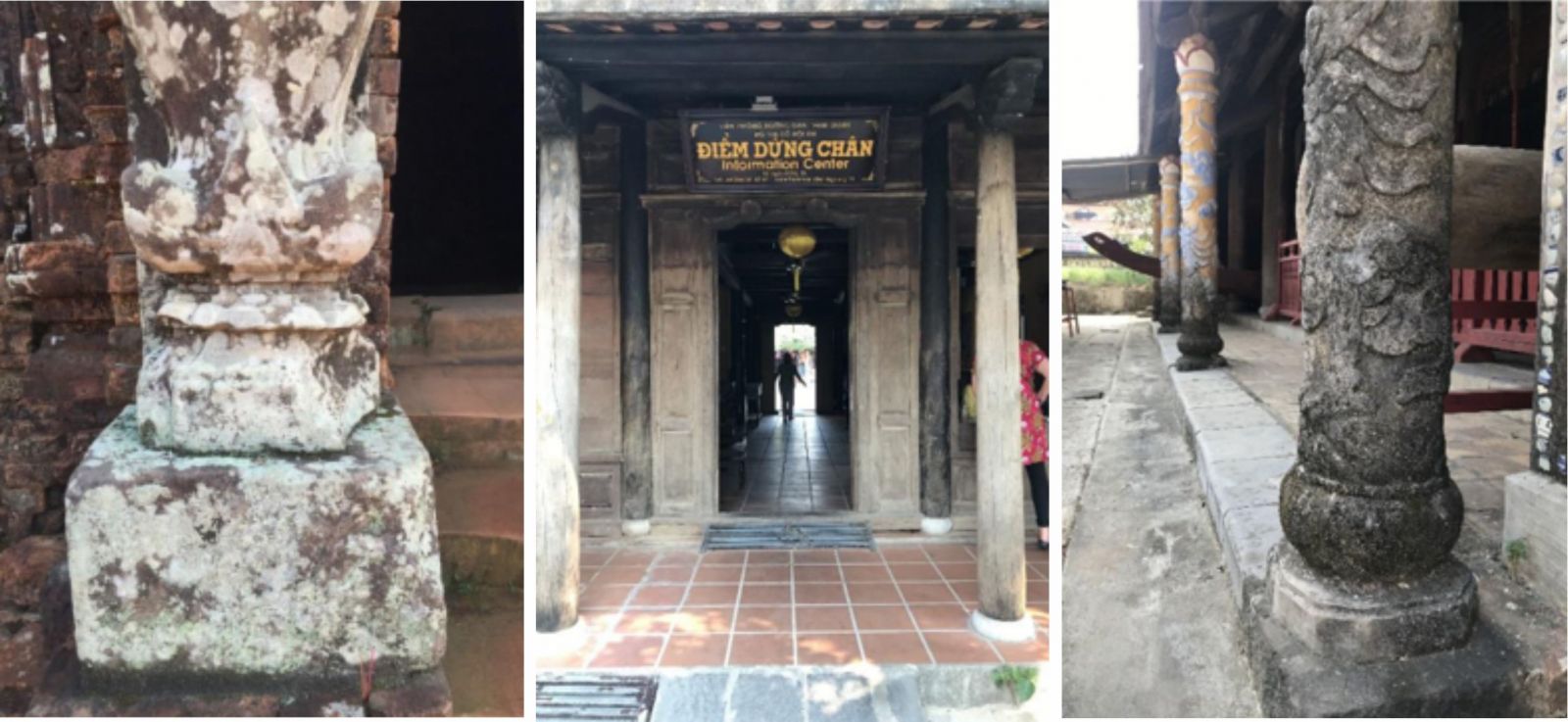
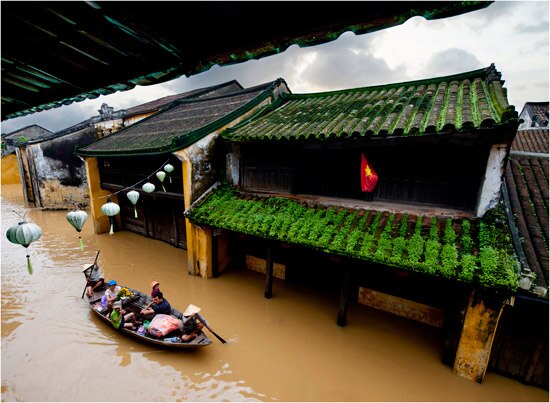

![[Photo] General Secretary To Lam concludes visit to Russia, departs for Belarus](https://vphoto.vietnam.vn/thumb/1200x675/vietnam/resource/IMAGE/2025/5/11/0acf1081a95e4b1d9886c67fdafd95ed)


![[Photo] General Secretary To Lam meets and expresses gratitude to Vietnam's Belarusian friends](https://vphoto.vietnam.vn/thumb/1200x675/vietnam/resource/IMAGE/2025/5/11/c515ee2054c54a87aa8a7cb520f2fa6e)
![[Photo] General Secretary To Lam arrives in Minsk, begins state visit to Belarus](https://vphoto.vietnam.vn/thumb/1200x675/vietnam/resource/IMAGE/2025/5/11/76602f587468437f8b5b7104495f444d)




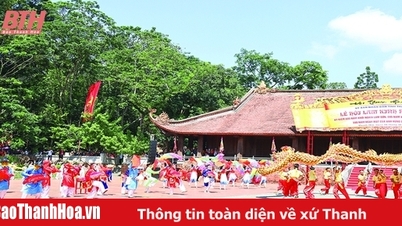

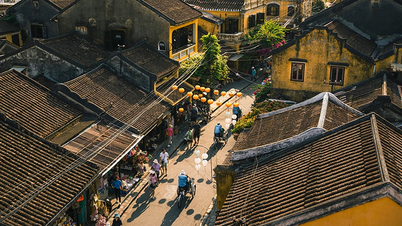



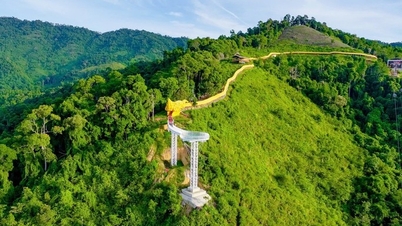

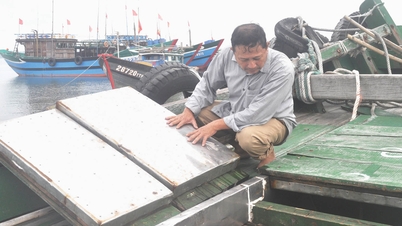
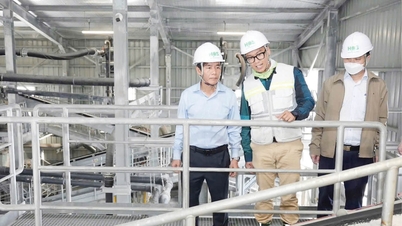










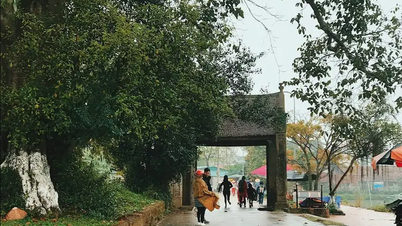



![[Photo] National Assembly Chairman Tran Thanh Man attends the Party Congress of the Committee for Culture and Social Affairs](https://vphoto.vietnam.vn/thumb/1200x675/vietnam/resource/IMAGE/2025/5/11/f5ed02beb9404bca998a08b34ef255a6)


























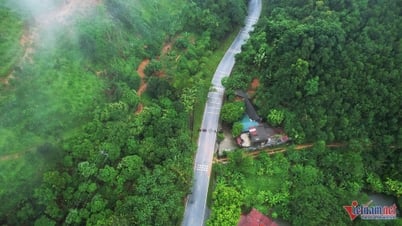


















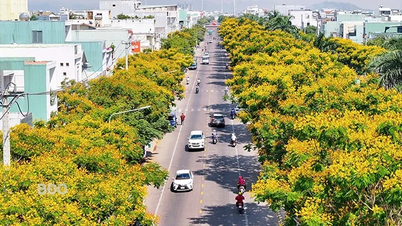






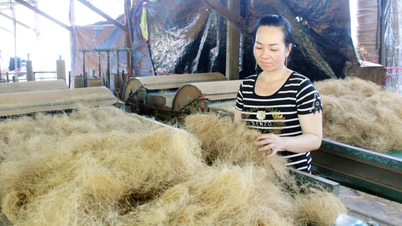








Comment (0)